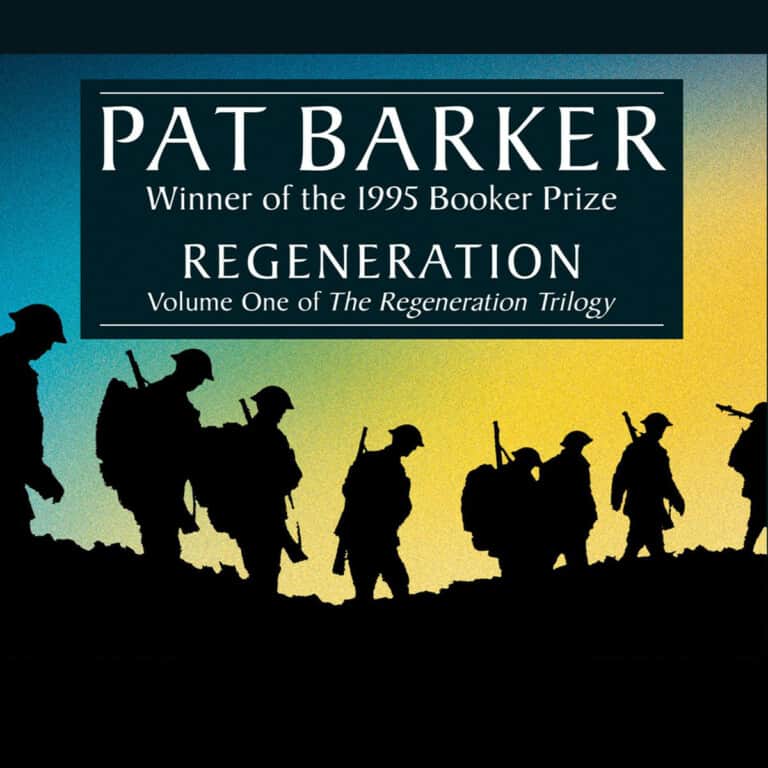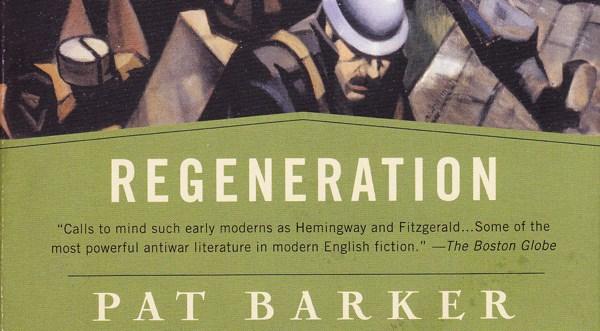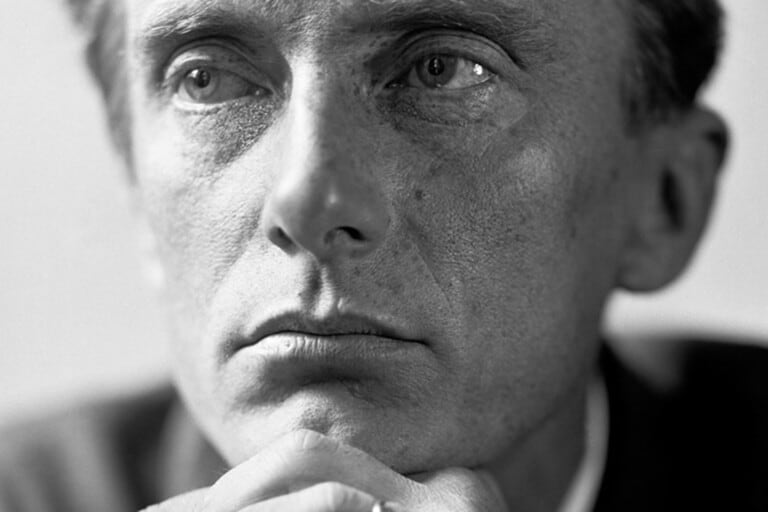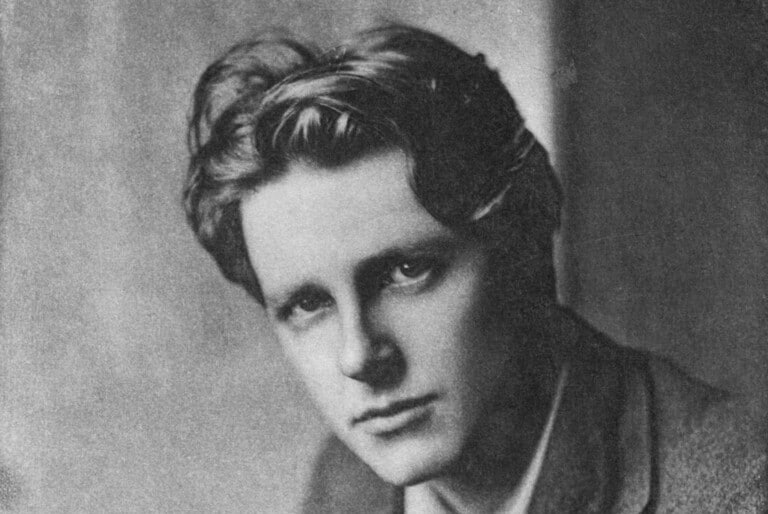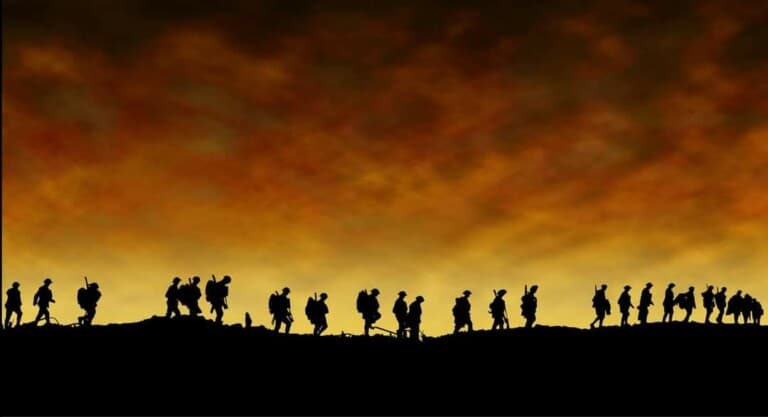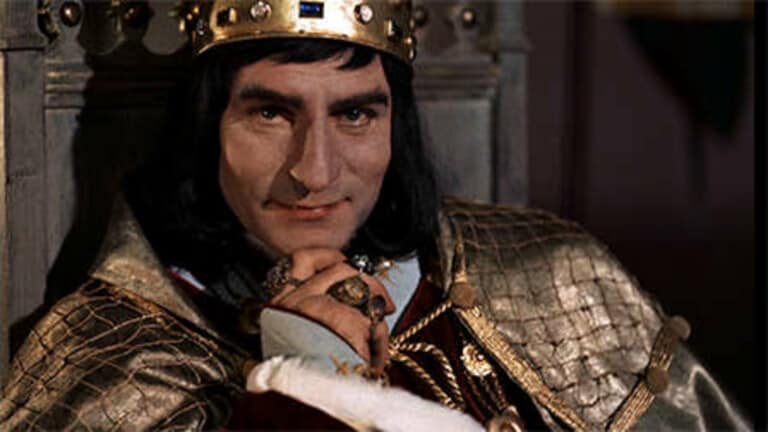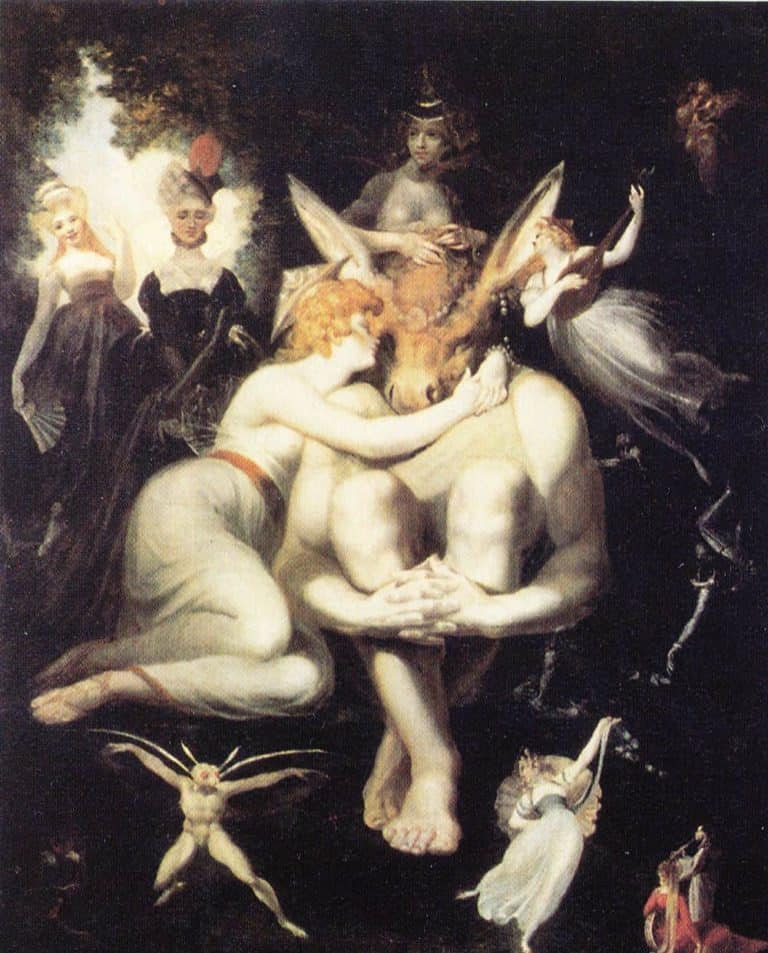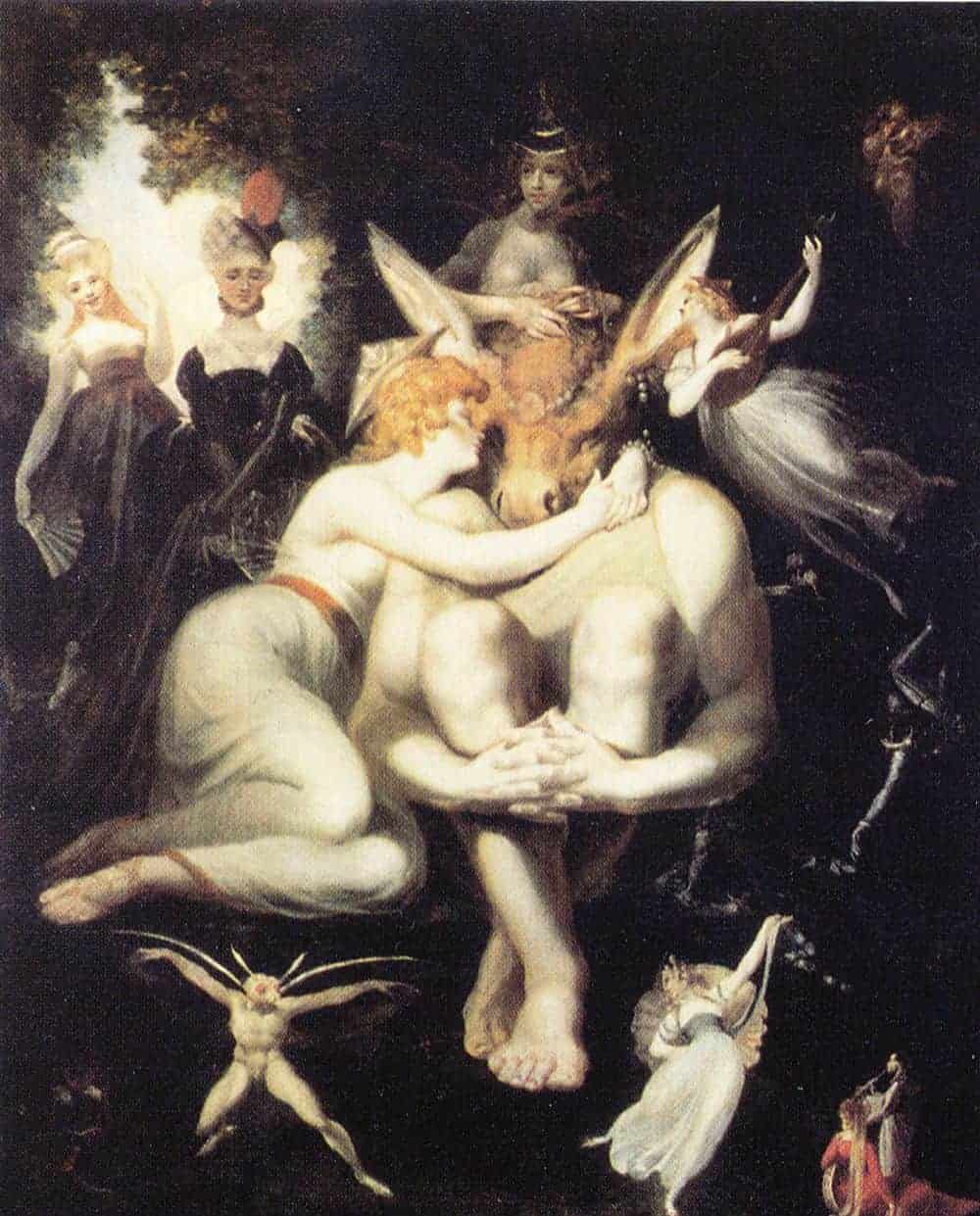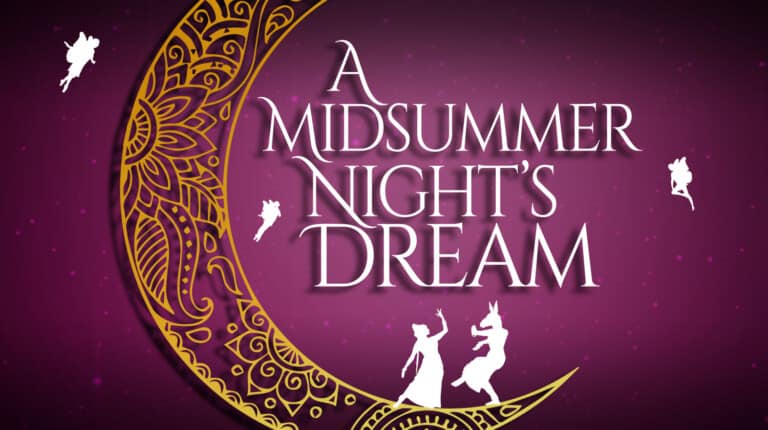Regeneration has to do with World War One (WW1) and it is visible right from its cover. The novelist, Pat Barker is one of the first women writers who have written about the Great War.
Pat Barker is a university-trained historian and this is confirmed by the presence of very reliable sources in the “Author’s Notes”, at the end of the novel.
Regeneration is a historical novel on the surface but is really more than that.
I. Historical accuracy
Several elements allow us to consider Regeneration as historically exact.
A. Real elements
1 – Real people
In the novel, there is a whole list of characters who have really existed.
Several characters like Siegfried Sassoon, Wilfried Owen, and Robert Graves were both poets and soldiers during the war.
The two psychiatrists also existed: Rivers had very modern Freudian views and Yealland did apply his own methods as it is described in the novel.
Pacifists like Lady Morrel and Bertrand Russel are real people. Important to note that pacifism was strictly forbidden at the time.
Thus, this novel is a mixture of real people and characters: Burns, for instance, is a total invention.
2 – Real facts and events
There are numerous references to battles (e.g.: the battle of the Somme) and places (e.g.: Flanders, Belgium). Yet, the major place is Craiglockheart, where the action takes place.
Regeneration is also historical because of its treatment of realism.
B. Realism
Some characters are real but some are pure inventions from the part of Pat Barker. The general type of writing is realistic. Here are some elements that highlight this.
1 – Landscape
It is the landscape of war throughout the testimony of the patients and more especially trench warfare. Regeneration insists on the presence of corpses, mud, and rats…
2 – Soldiering
That is the life the soldiers had in the trenches. Realistic writing likes to insist on things that are disagreeable and wants to show reality as it is (not hide anything). Pat Barker gives the reader lots of details about life in the trenches:
“It was flooded. You stand the whole time. Most of the time in pitch darkness because the blast kept blowing the candles out. We were packed in so tight we couldn’t move. And they just went all out to get us. One shell after the other. I lost two sentries. Direct hit on the steps. Couldn’t find a thing.”
“And you had forty-eight hours of that ?”
“Fifty. The relieving officer wasn’t in a hurry.” (p52)
“Your watch is brought back by a runner, having been synchronized at headquarters.” A long pause. “You wait, you try to calm down anybody who’s obviously shitting himself or on the verge of throwing up. You hope you won’t do either of those things yourself. Then you start the count down: ten, nine, eight… so on. You blow the whistle. You climb the ladder. Then you double through a gap in the wire, lie flat, wait for somebody else to get out – and then you stand up. And you start walking. Not at the double. Normal walking speed.” Prior started to smile. “In a straight line. Across open country. In broad daylight. Towards a line of machine-guns.” (p78)
There is no commentary at all. All we have is action. There is no attempt at hiding reality: Prior says it as it is. It is clearly opposed to propaganda, where soldiers are always presented as great heroes.
3 – Horror
Throughout Regeneration, there is an insistence on physical suffering as well as on mental suffering, which is the major aspect of the novel. The symptoms are all exact, they have been studied by doctors (historically genuine).
Several soldiers have twitching of the head (spasmodic movement), stammering, anorexia.
Some became mute (e.g.: Prior) or have mental paralysis, hallucinations (CF p12), terrible nightmares (cannot sleep anymore) or phobias (Anderson cannot see blood any longer).
CF p102 from “He’d gone….eye”.
This is a key passage. The notion of eye may be a reference to the second volume of Regeneration, which is entitled The Eye in the Door.
Let us study the realistic elements in this excerpt to see how realism functions:
- the characters’ names: Logan is a Christian family name, calling people with family name tends to create a familiarity with the reader.
- setting: the trench. Very material details and a description of life in the trenches.
- the person telling the story was there: Prior is an eyewitness.
- factual style: very dry sort of style. Short sentence. No linkwords. No comments. The narrator wants the facts to speak for themselves.
- insistence on all that is horrible: vomiting, putting human flesh in a bag, finding an eye.
- temporal development of the passage. The reader is not prepared for the last sentence. No building-up. It is when the reader thinks the action is over that Prior finds the eye. Pat Barker is trying to put the reader in a situation where he expects to find vomit but no such thing as an eye.
- traumatic reading experience, aiming at being as brutal as possible.
On the whole, due to the many references to real events and people, it might be tempturous to consider Regeneration as a historical document. In fact, history is subdued to fiction.
II. History is subdued to fiction
A. Representation of the war
1 – Dramatization
Is not something to be found in historical documents. See passage p160: Sarah is here with her friend. The setting is realist: it is an overcrowded hospital. Insistence on all that is horrible (opposed to romanticism).
Pat Barker wants to tell the truth at all cost but the text cannot be reduced to realism : a historical document aims at objectivity and this passage is purely subjective.
a) focalization
Through whose eyes is the scene seen ? Focalization is a question of viewpoint. In this excerpt, the scene is seen through Sarah’s eyes. It has several effects and consequences on the reader: he identifies with Sarah thanks to the many verbs of perception, shift from objective verbs (see) to more subjective verbs (seem, look).
Through the verbs of perception, the reader learns about the soldiers and about Sarah’s emotions. Focalization creates subjectivity.
b) narration
The narrator is the one who tells the story. He is a third-person narrator, i.e. an independent voice (different from a character’s), just like in history books. Yet , there is a shift from 3rd person narrator to Sarah’s voice.
- “she backed out“: indirect speech, narrator
- “but no, she thought“: form of emotion and later free indirect speech, Sarah’s voice.
We are finally placed in Sarah’s mind. Subjective element.
c) dramatization
Not a cold, neutral description. If we can feel emotions or reactions, we must find all the triggering elements.
- Suspense
- “before she saw them”: at that point we do not know what “them” represents: it creates a form of suspense
- “a row of figures in wheelchairs”: stress on the form, not on humanity.
- Different places : Sarah is entering the room: the “threshold” is the symbolical line separating two worlds.
- Outside: the stress is on the sun, the light (“dazzled”). World of light and health.
- Inside: absence of light (“dim”). World of half-life, half-death. This symbolical opposition is part of the dramatization effect.
- Tension between the wounded soldiers and the young woman : conflict between the pretty girl (seduction) and the wounded (not handsome any longer because of their mutilations).
Internal conflict too: “thinking that perhaps if…” and then “but no…”
Thus, this passage is certainly not an objective evocation of mutilated soldiers during WW1.
It is as much about Sarah as it is about the war: her awakening to the horror of the war and to political consciousness.
2 – How can we differentiate Regeneration from a history book ?
a) Time
There are very few dates in the novel. Chronology is disrupted by a lot of flashbacks. The novel is based on a series of scenes and dialogues.
b) Subjectivity
The novel is based on revolt and anger. Sassoon has really existed and protested against the war, though he was not a pacifist.
Ironical tone (cf Prior p78). The use of italics has the effect of foregrounding Prior’s voice (personal experience). Book: a mixture of irony and anger. The irony is absent from history books.
c) Textuality
Presence of stylistic devices: literariness has been precisely worked upon to create some effect. See p.16 – 79 – 83
p.16: passage from “At one point…” to “tree”.
“like the roots of an overturned tree” : simile.
p.79: passage “I looked back… down.”
“writhing”: movement of a snake
“like fish in a pond”
“fluttering down” : evokes birds, butterflies
p.83: passage “You know…..” : “like mushrooms”.
All these examples are comparisons (similes and metaphors) between:
- the wounded and the animals
- dead bodies and plants.
It creates an effect of dehumanization.
Skulls and mushrooms => notion of proliferation. Plants: something growing, the embodiment of life. Here, it means death. Very brutal effect on the reader because it is not expected.
